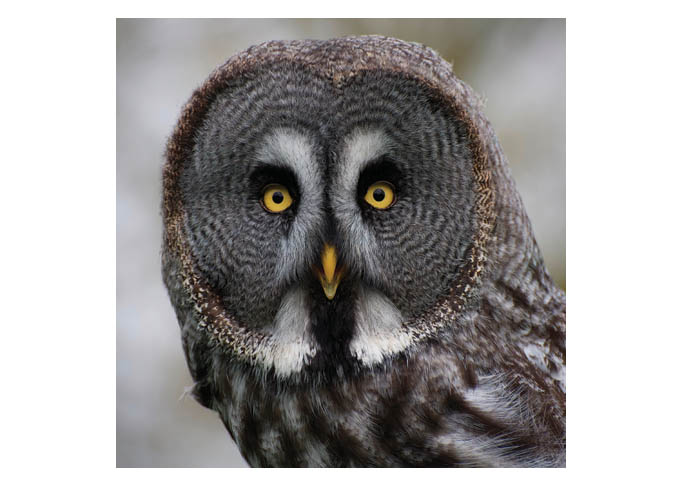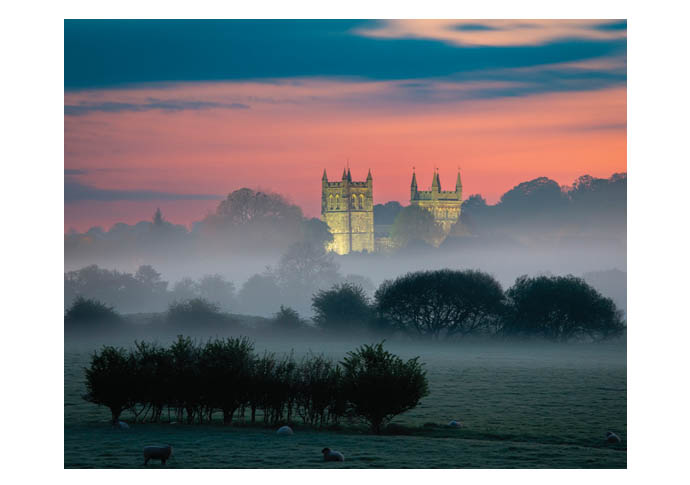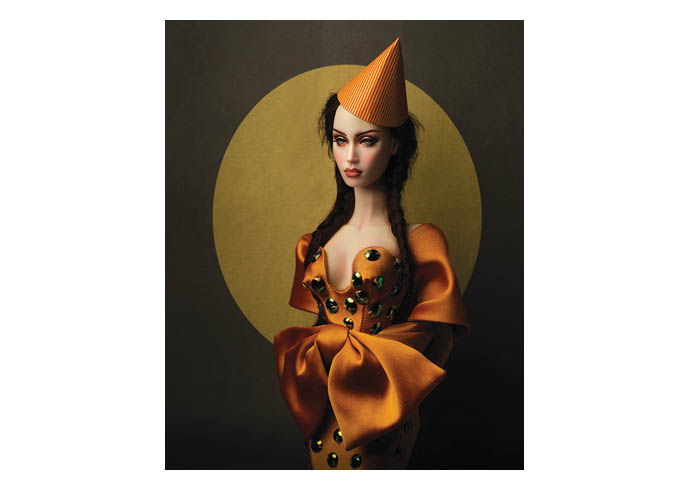Image consultants
Dan Carrier looks back at Hampstead Photographic Society’s mysterious history and forward to this week’s summer exhibition
Thursday, 27th July 2023 — By Dan Carrier

Erika Howard’s The Herero Women of Namibia
FROM Gold Medal winners at the Royal Society to strictly amateurs capturing moments that matter to them, the Hampstead Photographic Society has a decades-long history of displaying, encouraging and sharing everything to do with the images they have created.
This week, the society’s summer exhibition begins at Burgh House, New End – and follows a tradition of annual get-togethers dating back to the 1930s.
Society chairman David Reed told Review the show has been eagerly anticipated since it was revived in 2012 after a decade-long hiatus.
“When the society first started, in 1937, an annual exhibition was a key event, but it fell into disuse until more recently,” Mr Reed explains.
Entrants pay a £25 fee and can submit three images – one of which is guaranteed to be accepted.
For a society with deep Hampstead roots – they meet on Tuesdays in the Crypt of St John’s, Church Row – its early days are shrouded in mystery. Records disappeared in the 1970s when the group’s secretary moved away – or died. Members are not quite sure which.
A club pamphlet states: “Nothing is known about how and why the club came into existence. We neither know who had the original idea, nor whether the founders had met informally before deciding to form a club, nor when or where the first meetings were held, or who comprised the first committee. And there are no surviving details of the club programme either for those years or, apart from odd snippets of information concerning club events, for any years until the mid-1970s.”

You Lookin’ at Me! by Gerry Temple
Members know it was called the North West London Camera Club and a report in the now-defunct Hampstead News from May 1937 says “it is the only photographic club in the district” with 25 members.
There had been a boom in photography as cameras became cheaper and easier to use.
“According to the Photographic Dealers Association, as reported in the Hampstead and St Johns News in September 1937, photographic activity grew by 60 per cent on the previous year and it was estimated that by the end of 1937, 250 million photographs would have been exposed; 95 per cent successfully,” the society notes.
The secretary, Mr R Farrand of Willow Road, could be contacted for information. He taught at the North London Polytechnic in Kentish Town – and there is a Richard Farrard Memorial Award given by the British Institute of Professional Photographers, though the club cannot confirm it is named after one of their founders. He married Margaret Harker, the first woman to be the president of the Royal Photographic Society and the first female professor of photography at Westminster University.
The club’s first show was held in a house in Haverstock Hill in January 1939 and as war loomed, meeting spaces used by the club were turned over for civil defence. Instead, club secretary, a Mrs Rutland, allowed her Hampstead home to become the club’s base until peace returned.

John Watson’s Wimbourne Minster before Dawn
While many societies were mothballed during the war, or closed completely, the Hampstead Photographic Society continued: though no club records remain, newspaper reports of their shows do. In 1941, meetings were moved to Sunday afternoons due to the blackout. In 1941, its annual show was reported in the Ham and High newspaper to have 43 entries. They included a church in Minehead, Somerset, while closer to home provided ample subject matter – a study of the deer in Golders Hill Park was another entry.
Lectures continued, and there is a record of Mrs Rutland speaking about the advantages of “Flashlight with Powder,” to illuminate a subject.
While the annual shows had subjects that unconsciously spoke of escapism, or harked back to years of peace, the war of course made an impact. The 1943 show included landscapes of Ireland and the Lake District – while others were titled “Knight of the Sky”, a portrait of an RAF pilot, “Refugee” – a head and shoulder shot of a woman in a shawl, and then “Guns or Ploughshares”, a study of men removing railings around Kensington Gardens, to be melted down for armaments.
The first post-war exhibition, held in Rosslyn Hill, saw 200 people attend the opening night. It included lantern slides by PG Bull, who had spent the war interned in Switzerland – though his pictures show he was able to get out and capture The Alps.

Carl Doghouse’s All Dressed up for New Year
Other members included James and Betty Cash, spouses who ran a commercial picture library from Parkway, Camden Town, and contributed images from over 100 countries for HPS shows. It included two visits to the Soviet Union, and they reported the authorities were absolutely happy for them to take images of any subject matter they liked.
In 1958, the club took on the Hampstead Photographic Society name and its members today boast everything from professionals to the enthusiastic amateur – a category the chairman David Reed says he belongs to.
David was first prompted to take up a camera when his profession took him to Trinidad.
“I used it mainly on my young family and social events,” he recalls, “barely even taking images of the scenery, people and wildlife of this amazing island.”
When he returned to the UK, he came back with his first advanced camera – a Konica Autoreflex T, which had a built in light meter.
“This became my main camera when I worked mainly in 35 mm slides, then a common format requiring the use of a projector to show – or bore – other people ,” he adds. “Occasionally I would have a print made, but this cost at least £10 – almost a week’s wage.”
Because David did not develop his own images, he welcomed the dawn of the digital age.
Flashy kit has never been paramount to taking a great shot.
“An old saying in the photographic world is that the best camera is the one in your pocket when a photographic opportunity appears,” he adds. “I have a small camera – a Panasonic Lumix – but like many, I use my phone to take many images. Most phones are not so easy to hold and use as cameras, but give reasonably good images if lighting conditions are right, and interesting results when they aren’t. At heart, I am really a snap-shooter: I take pictures of anything that amuses or interests me.”
• Hampstead Photographic Society’s annual summer exhibition 2023 runs from July 26-August 13, at Burgh House, New End Square, NW3 1LT. Open Wed, Thu, Fri, Sun 10am-4pm, www.burghhouse.org.uk See https://hampsteadphotosoc.org.uk